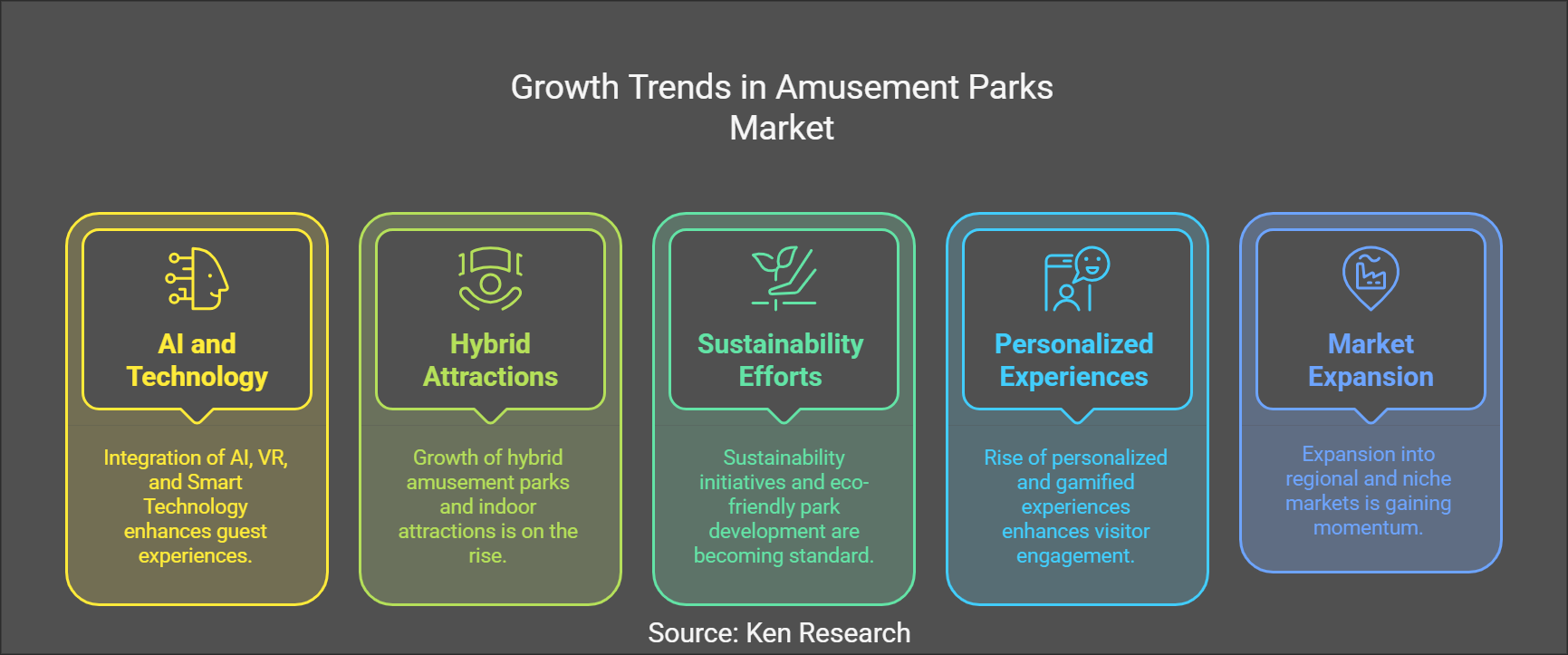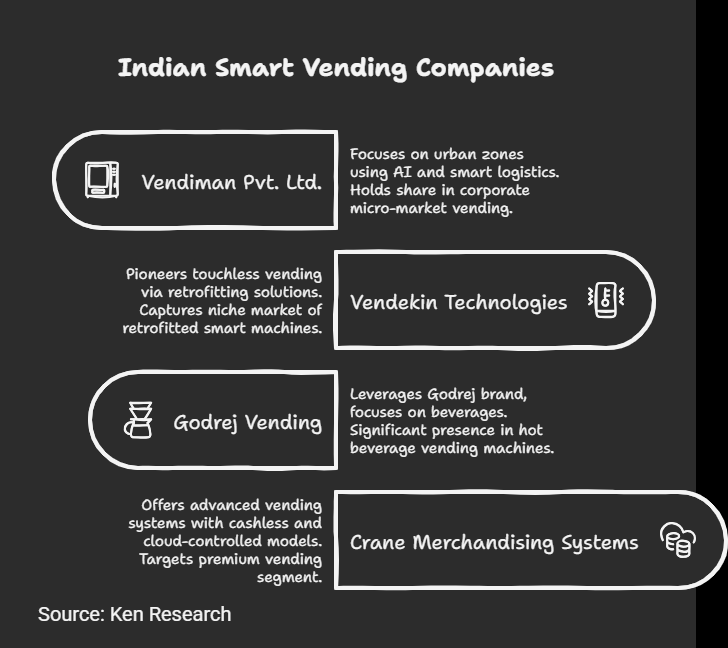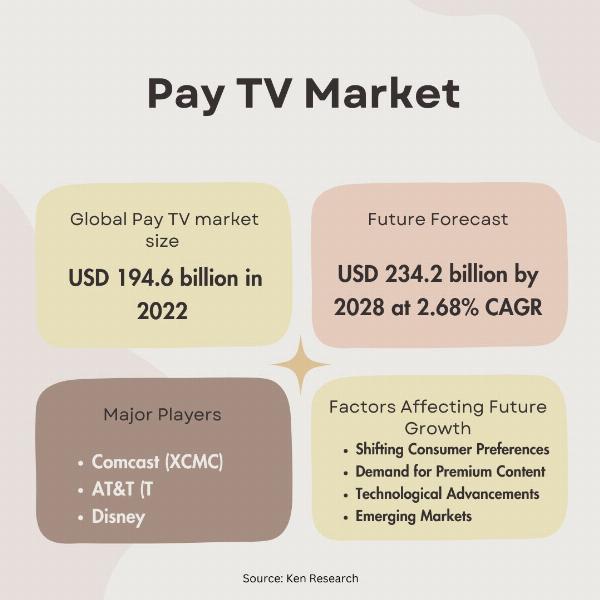 Newsletter Copywriting – Emails That Convert, Not Bore!
Newsletter Copywriting – Emails That Convert, Not Bore!
The North America Amusement Parks Market Regional Analysis- Growth Trends and Future Outlook
Written by Yogita Sahu » Updated on: June 17th, 2025

The North America amusement parks market remains one of the largest and most dynamic in the world, driven by continuous innovation, technological advancements, and a growing appetite for immersive experiences. From iconic theme parks like Disneyland and Universal Studios to regional amusement centers, the industry is witnessing significant transformations fueled by digitalization, sustainability initiatives, and evolving consumer expectations.
According to the North America Amusement Parks Market Report, the market is expected to see steady growth, with increased investments in AI-powered attractions, hybrid entertainment formats, and next-generation ride experiences. This article explores the regional dynamics, key trends, and future growth prospects shaping the amusement park industry across North America.
North America Regional Markets Analysis
1. United States – The Global Hub of Theme Park Innovation
The U.S. is home to some of the world’s most visited amusement parks, including Walt Disney World, Universal Studios, Six Flags, and SeaWorld.
Technological integration is at its peak, with parks adopting AI-driven guest management systems, virtual queueing, and immersive digital experiences.
Major expansion projects, such as Epic Universe by Universal Orlando, are expected to drive visitor numbers and tourism revenue.
Seasonal events like Halloween Horror Nights and Christmas-themed attractions are boosting attendance and revenue diversification.
2. Canada – Emerging Market with Growing Investment in Family Entertainment
Canada’s amusement park industry is seeing steady growth, with attractions like Canada’s Wonderland and La Ronde expanding their offerings.
The rise of indoor amusement parks, water parks, and VR-based entertainment centers is catering to a diverse audience.
Government initiatives to boost domestic tourism are fueling investments in regional theme park expansions and eco-friendly amusement destinations.
3. Mexico – A Rising Player in the Amusement Park Industry
Mexico is becoming a hotspot for international theme park brands, with new investment projects in Cancun and Mexico City.
The country’s focus on integrating local culture and storytelling into theme parks is attracting both domestic and international tourists.
The rise of all-inclusive resort-based amusement parks is positioning Mexico as a high-potential market for family entertainment tourism.

Key Growth Trends Shaping the North America Amusement Parks Market
1. Integration of AI, VR, and Smart Technology
Artificial intelligence and machine learning are transforming guest experiences through real-time ride optimization, personalized itineraries, and AI-powered customer service bots.
Virtual reality (VR) and augmented reality (AR) are being integrated into rides, creating next-level immersive attractions.
AI-based facial recognition is streamlining security, ticketing, and payment systems, enhancing visitor convenience.
2. Growth of Hybrid Amusement Parks and Indoor Attractions
Indoor entertainment centers combining traditional rides with digital gaming experiences are gaining popularity, especially in urban areas and colder regions.
Hybrid models integrating amusement rides, e-sports arenas, and interactive storytelling zones are attracting younger demographics.
Themed indoor water parks, trampoline parks, and interactive learning centers are seeing increased footfall.
3. Sustainability Initiatives and Eco-Friendly Park Development
Green energy solutions, including solar-powered rides and water conservation systems, are becoming standard across major amusement parks.
Parks are focusing on reducing plastic waste, incorporating biodegradable food packaging, and using recycled materials for infrastructure.
Investments in zero-emission transportation within parks, such as electric shuttle services and energy-efficient ride systems, are gaining traction.
4. Rise of Personalized and Gamified Experiences
Mobile apps and wearable tech are enhancing customer engagement through customized ride experiences, interactive challenges, and digital reward programs.
Gamification elements, such as park-wide scavenger hunts and interactive ride queues, are increasing visitor retention.
AI-driven ride personalization, where guests can modify elements of their experience based on preferences, is becoming a reality.
5. Expansion into Regional and Niche Markets
While major parks continue to expand, regional amusement parks are capitalizing on localized themes and community-driven attractions.
Edutainment-based parks, focusing on STEM learning, history-based storytelling, and cultural themes, are emerging as a growing segment.
Themed resorts and integrated leisure destinations, combining amusement parks with luxury hotels, retail, and wellness experiences, are being developed to attract extended-stay tourists.
What’s Next for the Amusement Parks Industry in North America?
By 2028, the North America amusement park market is expected to diversify further, integrating AI, gamified experiences, and eco-conscious design into attractions. The rise of digital-first experiences, including virtual park expansions, NFT-based in-park collectibles, and immersive gaming zones, will redefine traditional amusement offerings.
With growing competition and evolving visitor expectations, amusement park operators must continue to invest in innovation, improve sustainability measures, and enhance customer personalization to maintain market leadership. As North America remains a global leader in entertainment tourism, the expansion of smart parks and hybrid attractions will shape the future of family-friendly experiences and destination-based tourism.
Note: IndiBlogHub features both user-submitted and editorial content. We do not verify third-party contributions. Read our Disclaimer and Privacy Policyfor details.
Copyright © 2019-2025 IndiBlogHub.com. All rights reserved. Hosted on DigitalOcean for fast, reliable performance.














